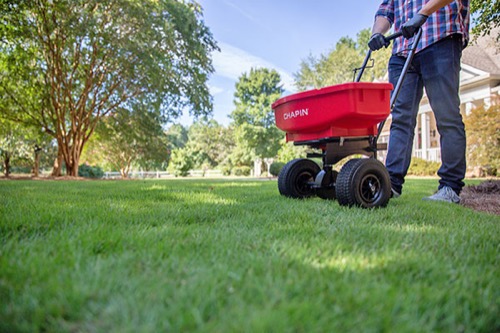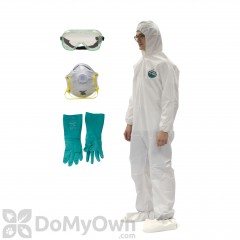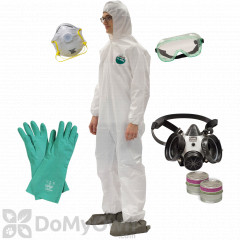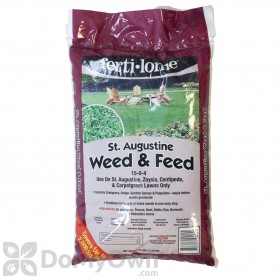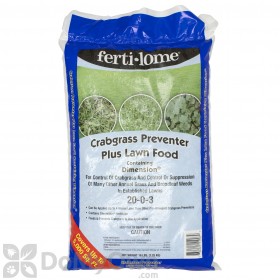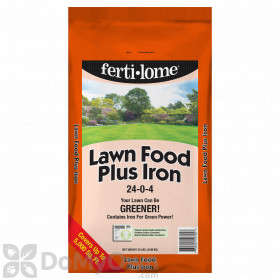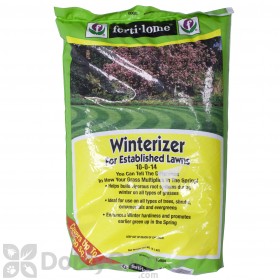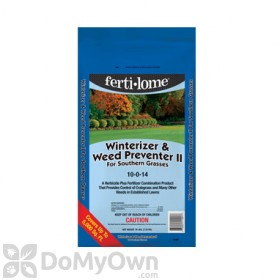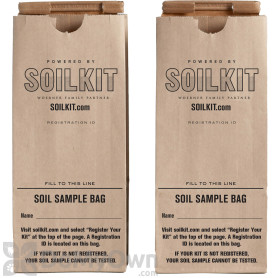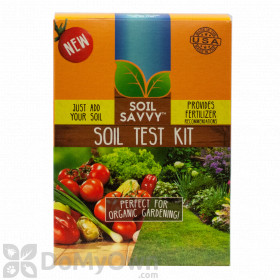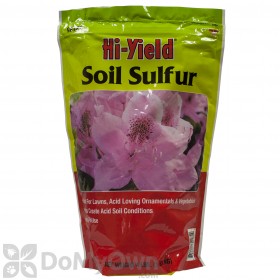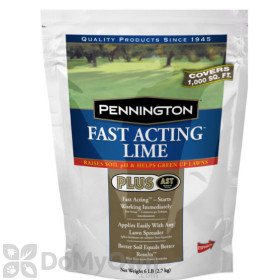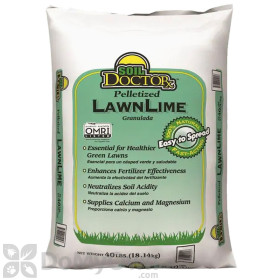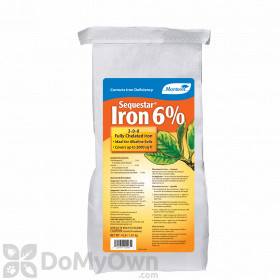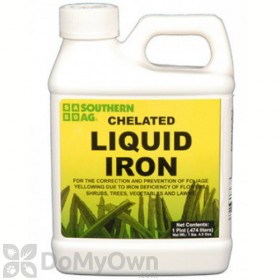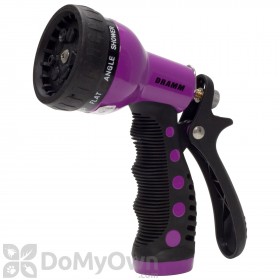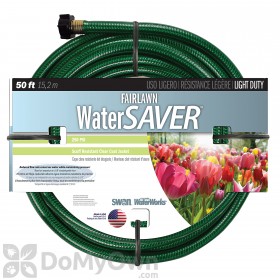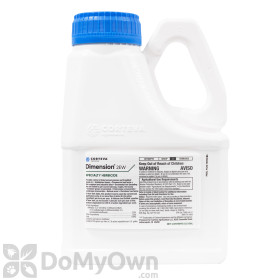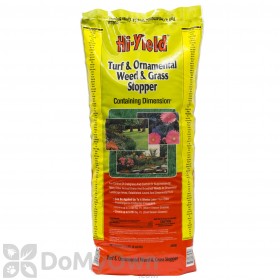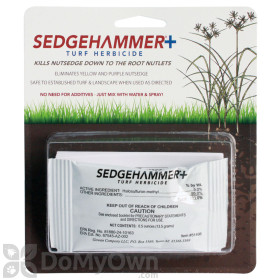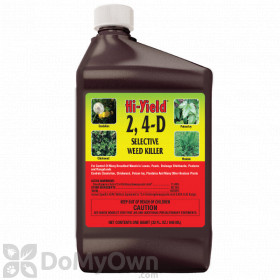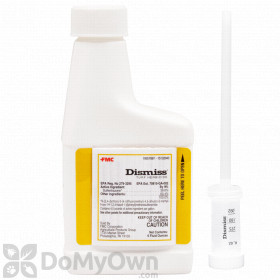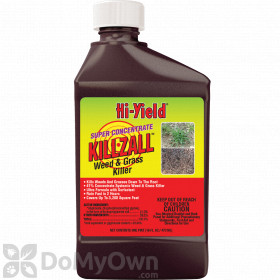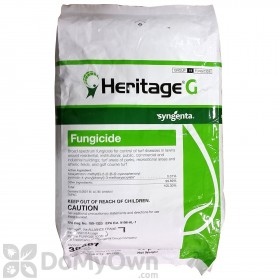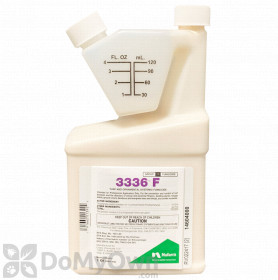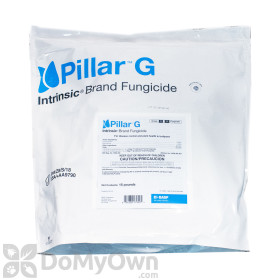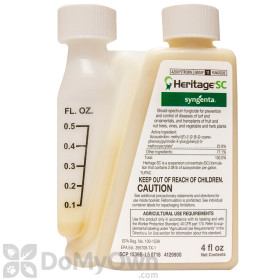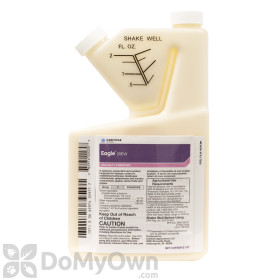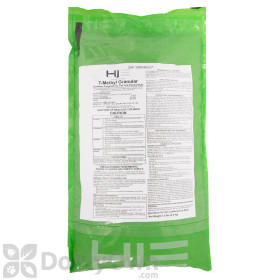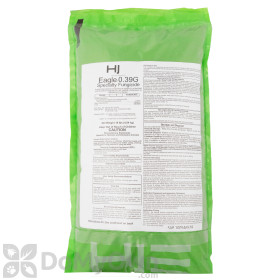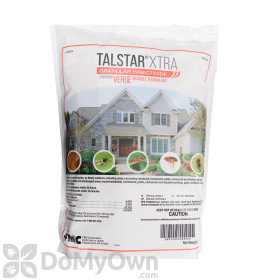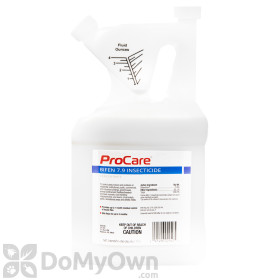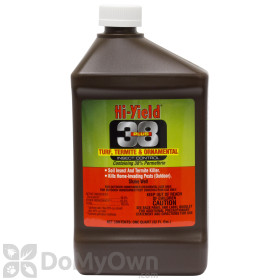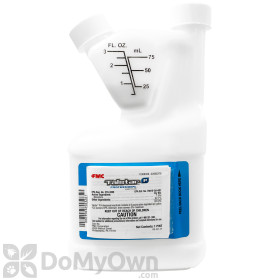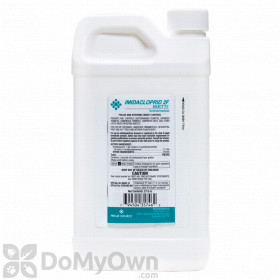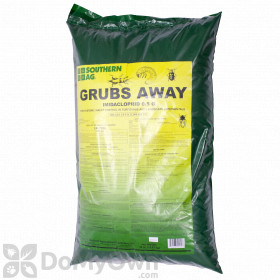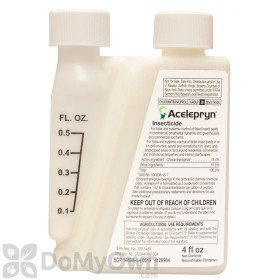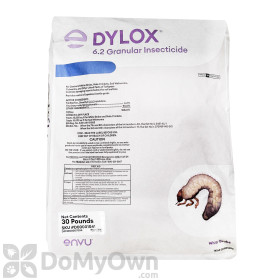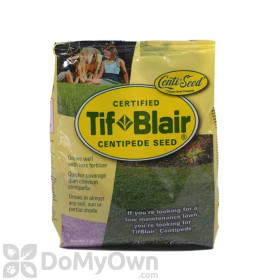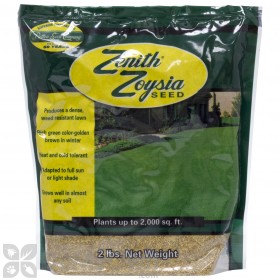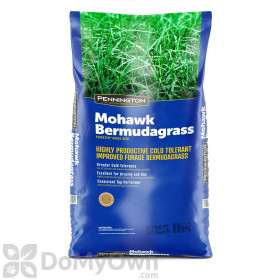Maintenance Calendar For Warm Season Grasses
States With Warm Season Grasses: South Carolina, Georgia, Alabama, Mississippi, Louisiana, Florida, California, Arizona, New Mexico, Texas, Arkansas
Common Warm Season Grass Types: Bahiagrass, Bermudagrass, Blend, Buffalograss, Carpetgrass, Centipedegrass, St. Augustinegrass, Zoysiagrass
Warm Season Lawn Care Schedule
Warm Season Grasses Lawn Care Schedule |
Winter |
Spring |
Summer |
Fall |
||||||||||||
|---|---|---|---|---|---|---|---|---|---|---|---|---|---|---|---|---|
|
Treatment Applications
|
||||||||||||||||
| Pre-Emergents |
|
|
|
|
||||||||||||
| Post-Emergents |
|
|
|
|
||||||||||||
| Fertilization |
|
|
|
|
||||||||||||
| Insecticides |
|
|
|
|
||||||||||||
| Grub Prevention |
|
|
|
|
||||||||||||
| Fungicides |
|
|
|
|
||||||||||||
| Iron† |
|
|
|
|
||||||||||||
| pH - Lime/Sulfur† |
|
|
|
|
||||||||||||
|
Lawn Maintenance
|
||||||||||||||||
| Soil Testing* |
|
|
|
|
||||||||||||
| Watering |
|
|
|
|
||||||||||||
| Mowing |
|
|
|
|
||||||||||||
| Dethatching |
|
|
|
|
||||||||||||
| Aeration |
|
|
|
|
||||||||||||
| Seeding |
|
|
|
|
||||||||||||
 |
|
|
|
|
||||||||||||
† based on soil test results * once a year
Fertilization
(March-September) 2-4 times per year based on soil analysis
We recommend using a soil analysis test kit or taking a sample of your soil to your local cooperative extension so your soil can be analyzed to determine what nutrients your soil is lacking. The healthiest, hardiest lawns are fertilized 2-4 times per year, fall, summer, early spring and late spring.
Pro Tip
When fertilizing in the spring you can choose to use a "weed and feed." These products contain both a fertilizer and a pre-emergent herbicide.
Soil Testing
One time per year - Fall or Spring
Soil tests are best performed in the fall when conditions are relatively dry. However, you can also do your soil test in the spring. The goal is to have ample time to apply any soil amendments and allow them to start working before spring green up.
Soil pH
Lime or Sulfur Applications: October-February
Iron Applications
May-September
Mowing
(March-November) Weekly to start, then every 2 weeks, then monthly at the end of the season
Mowing your lawn as needed is important, but keep in mind when applying any fertilizer, weed control product, or insecticide to your lawn to read the label very carefully. Some products will require mowing before application, and some require mowing after application. During spring you may need to mow as often as once per week. During summer mowing is less frequent and usually once every 2 weeks is sufficient. Finally during fall as the temperatures start to drop you may need to mow once a month until the grass starts to go into a dormant stage and mowing will cease. This typically happens once temperatures start consistently reaching 50-55 F for about 1 week.
Watering
(March-October) Weekly when rain levels are below 1 inch
Water in the early morning to avoid scorching and to make sure the blades are dry before the humidity sets to prevent lawn diseases. If you get less than 1" of precipitation in a week it is time to consider watering your lawn. It is not recommended that you water more than 1" of water per watering.
Aeration
(May-July) 1-2 times per year
Core aeration is the best way to break up compacted soil. An aeration machine can be rented to take cores of earth out of larger lawns and a hand corer will work for smaller areas. The removed cores can be left on your lawn for extra nutrients, and the holes left in your yard will be filled in with new grass.
If you do plan to schedule an aeration for your lawn it is important that any pre-emergent herbicide be applied after the aeration is completed. Aeration can be done spring-summer excess moisture is known to sit on the grass.Dethatching
(April-June) 1 time per year
Weed Control
Weeds are generally split into two categories - grassy and broadleaf. Grassy weeds include crabgrass and goosegrass, while clover and dandelion are examples of broadleaf weeds.
Pre-emergent or post-emergent weed control products will help to control almost any weed you have in your lawn.
Pre-Emergents
(February-April / Soil Temp 55 degrees, Aug-Nov) 2 times per year
Post-Emergents
(April-October / Soil Temp 55+ degrees) 1-2 times per growing season, or as needed (with non-selective herbicides)
Fungicides
(April-September) Every 14-28 days as preventative applications; as needed for curative applications
Different lawn diseases develop under different conditions. Some of the most common lawn diseases, including Brown Patch, Dollar Spot, and Anthracnose, often occur in late spring, throughout the summer, and into fall. By applying preventative fungicide treatments to your lawn every 14 to 28 days starting in the late spring and continuing to the end of summer, you can stop the disease before it begins. It is important to rotate fungicides according to FRAC guidelines to help prevent disease resistance. Once a lawn disease has started developing in your grass, a curative fungicide treatment can help stop the disease progression.
Pro Tip
The DoMyOwn Turf Box can help take the guesswork out of selecting preventative fungicides for your lawn. Sign up today to help keep your lawn disease-free.
Insecticides
March-September
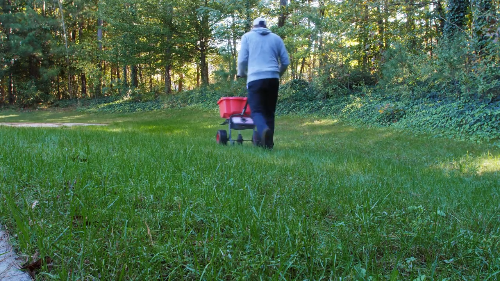
Grub Prevention
March-May

Seeding
May-July
